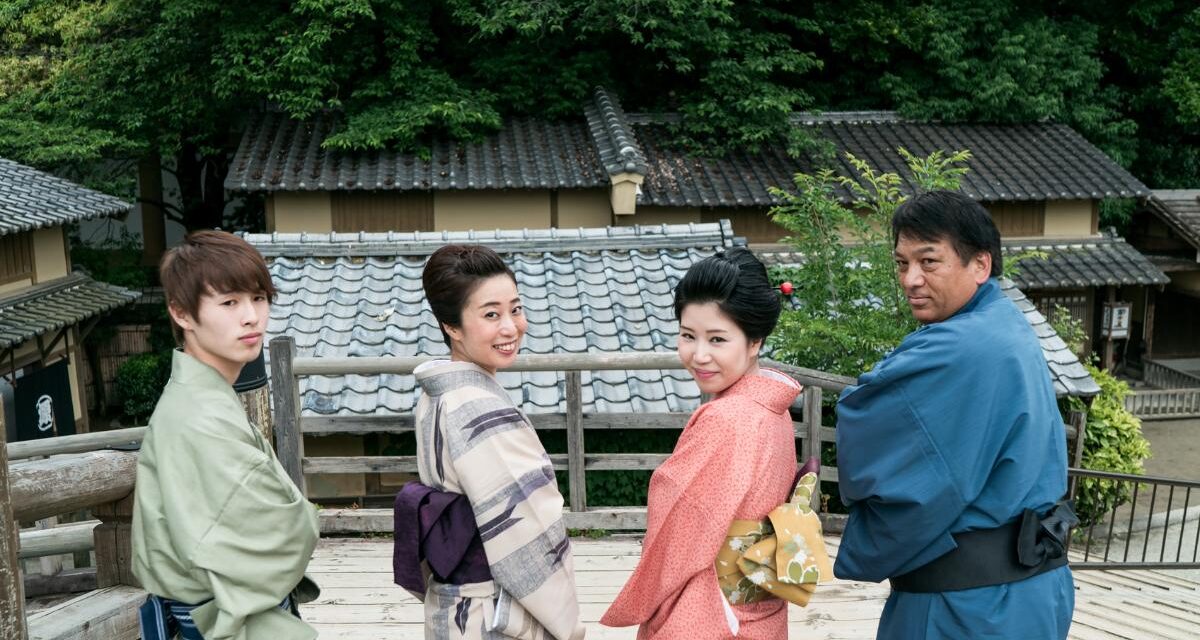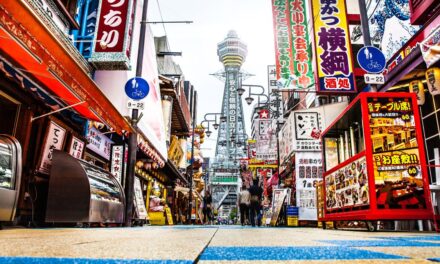Recreational activities in Japan are often a reflection of its culture.
On one hand, you have activities that are steeped in rich tradition. On the other hand, there are leisure pursuits that are exceedingly modern and some even whimsical.
If you want to experience Japanese culture, you should indulge in some of the popular recreational activities in the country.
It is not just fun but also a great way to understand Japanese society. The fact that you also get to see the various facets of this wonderful country is an added bonus.
Social activity in Japan can be categorized under outdoor, indoor, sports based, day trips and traditional.
Regardless of whether you are a tourist or a local resident, do partake in as many activities as you can for an enjoyable and memorable day.
Page Contents
- Top Recreational Activities in Japan for Tourists and Locals
- Onsen – Natural Hot Springs
- Hanami – Flower Viewing, Sakura Cherry Blossoms
- Sumo Wrestling
- Buddhist Temples and Shinto Shrines
- Day Trips, Trekking and Hiking
- Baseball Games
- Skiing and Snowboarding
- Japanese Gardens and National Parks
- Theme Parks or Amusement Parks
- Water Sports and Fishing
- Martial Arts
- Shinrin-yoku – Forest Bathing
- Museums and places of cultural and historical importance
- Tea Ceremonies
- Izakaya – Culinary Indulgences
- Most Popular Recreational Activities in Japan as per type
Top Recreational Activities in Japan for Tourists and Locals
Onsen – Natural Hot Springs
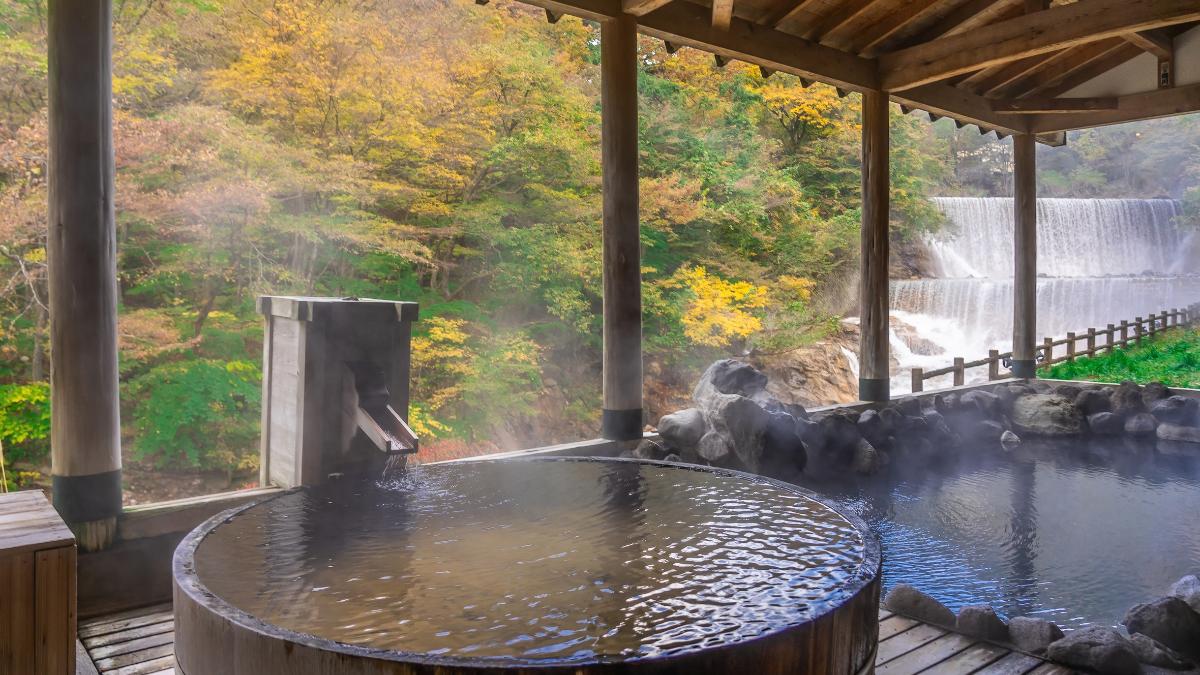
Thanks to centuries worth of active volcanic activity, Japan is blessed with natural hot springs in abundance all over the country.
These natural hot springs are rich in minerals said to relieve various ailments in the body.
In Japan, you will find various traditional spas that are built around natural hot springs known as Onsen.
It is estimated that there are now over 3000 Onsens all over Japan.
Japanese people traditionally visit these Onsens to bathe in the mineral rich waters.
Onsens are visited by all and not just older adults. Visiting an Onsen is not solely for relaxation or related to physical health. It is seen as a traditional activity as well.
Similar to most activities in Japan, Onsens have their own customs and their strict rules must be respected.
Firstly, these are traditional spas. They have a distinct appearance reflecting Japanese décor with natural stone flooring.
Onsens can be both indoors or outdoors. In the past, outdoor Onsens were common with natural settings.
However, recent years have seen tremendous growth of Onsens in Japanese cities. As a result, you will find a number of indoor spas with natural hot springs all over the country.
Onsens are divided into male and female. You need to maintain strict hygiene when visiting an Onsen.
Remember, no clothing is allowed at all when soaking yourself in the waters of the hot spring. Typically, people wear a towel around themselves and keep it aside just before entering the water.
You should maintain silence and soak yourself up to your neck for about 30 to 40 minutes maximum. Submerging your face or head is forbidden.
Visiting an Onsen is a relaxing activity. It is great for your wellbeing and opens up every tight muscle in your body. The benefits of the minerals in the hot springs are both therapeutic and great for physical health.
Hanami – Flower Viewing, Sakura Cherry Blossoms
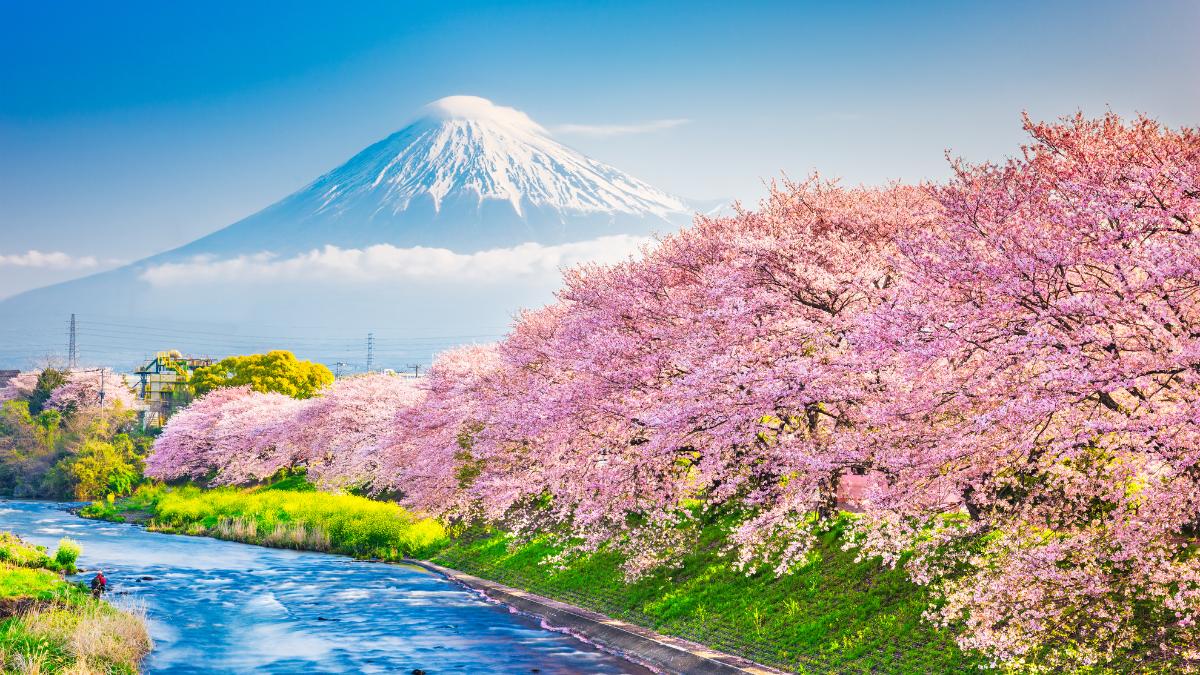
Hanami in Japanese simply means flower viewing.
It is a traditional custom and recreational activity where people visit parks, gardens and places rich in nature to view and appreciate the beauty of flowers.
It is one of the most beautiful customs in Japan. The entire country is rich in natural beauty and filled with an immense number of flower varieties.
Of course, the most famous flower of them all in Japan is the Sakura.
Sakura is the Japanese word for cherry blossoms. There are cherry trees all over the country.
It is believed that there are around 600 species of cherry trees in Japan and the total number is in hundreds of thousands, if not millions.
As you can imagine, from mid-January to mid-April when the cherry trees are in full blossom, the entire country turns into a pinkish, light purple hue.
It is the most breathtaking sight you can ever witness. Viewing cherry blossoms all over Japan is such a rich tradition, that many confuse Hanami for Sakura.
However, Sakura means cherry blossoms while Hanami stands for flower viewing. You will be forgiven for thinking Hanami is simply Sakura viewing.
If you can, please visit Japan during the famous cherry blossom festival. It usually takes place between mid-March and the first week of April.
The sight of millions of cherry blossoms all over cities, parks, mountains is awe-inspiring.
You will find people of all ages enjoying the sighting of the flowers and participating in the festivities.
There are cherry blossoms in other parts of the world as well. However, they cannot match the beauty and scale of what you see in Japan.
The best places for viewing cherry blossoms in Japan include Tokyo, Yoshino, Kyoto, Tohoku and Hokkaido amongst others. The list is quite exhaustive.
Sumo Wrestling
Sumo wrestling is not just Japan’s national sport, it is the nation’s most famous traditional sport.
In reality, Sumo wrestling is much more than a sport. For the Japanese, it is part of their traditions and culture.
Going for a sumo tournament has been a popular recreational activity for generations.
Watching Sumo wrestlers go through their customs before a match is quite a sight.
There are in total six Sumo tournaments held each year in Japan.
Three of the Sumo tournaments, take place in Tokyo. Osaka is the fourth city, Nagoya the fifth and finally Fukuoka. The order of the tournaments in each city may be different.
Each Sumo tournament is 15 days with matches taking place all day. Often, they begin on a Sunday and end on one as well.
Sumo wrestling is an enthralling sport. It is so unlike any other kind of wrestling that we are used to watching.
Viewing the sport is a great way to be entertained while learning about Japanese traditions.
A Sumo wrestler is very well respected in Japan. They often abide by a strict life that includes various customs and way of living.
A chance to visit a traditional sumo wrestling tournament when in Japan is a must-do activity.
Buddhist Temples and Shinto Shrines
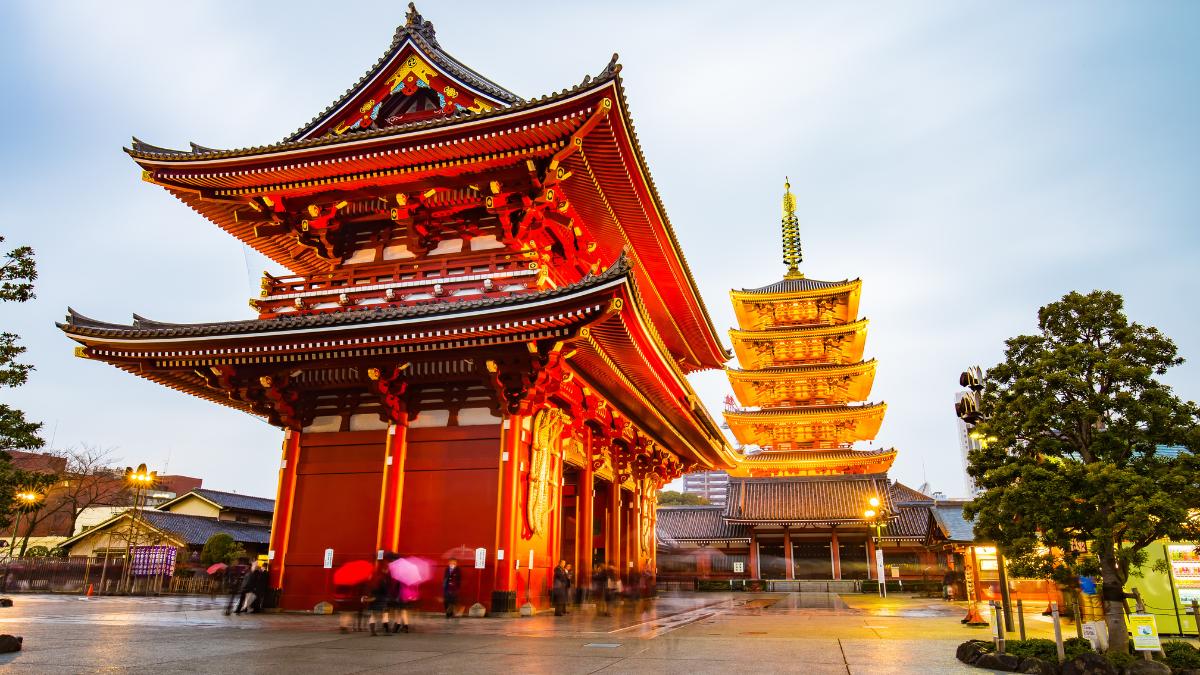
Buddhism and Shintoism are the two main religions in Japan.
Temples are usually places of worship for Buddhists and Shrines are places of worship for followers of Shintoism in Japan.
Both Buddhist temples and Shinto shrines are gorgeous and have similar architecture.
They both have distinct looking gates with a deep meaning in the respective religions.
You should know that these temples and shrines are not just religious but a part of Japan’s rich history, tradition and culture.
Obviously, locals visit temples and shrines regularly. However, millions of tourists visit these places of historical importance each year as well.
Sensoji temple, located at Asakusa, Tokyo, is the oldest and most popular temple in the city. It is at a distance of only about 20 kms or 12.4 miles from Central Tokyo.
Gango-ji Temple is known for being the oldest temple in all of Japan.
Both Senso-ji temple and Gango-ji temple date back to around the year 700 AD making them over 1300 years old.
The list of famous temples in Japan is in fact quite extensive. There are estimated to be 80,000 temples in the country.
As far as Shinto shrines are concerned, there are estimated to be 100,000 shrines in Japan.
Meiji Jingu, Imperial Shrine is the most famous Shinto shrine located in Tokyo.
Itsukushima Shrine is perhaps the most photographed shrine famous for its floating red gate (torii) on the waters in front of it.
It is a World UNESCO Heritage Site located near Hiroshima; a place popular with tourists paying their respects due to the effects of World War II.
Visiting either a Buddhist temple or a Shinto shrine in Japan is a surreal experience. They are another testament to the rich culture of Japan and its harmonious society.
Day Trips, Trekking and Hiking
Japan’s landscape, mountainous terrain, weather and forest cover makes it an ideal place for day hikes, treks and family trips.
Seventy-five percent of the country is covered in mountains thanks to all the ancient volcanic activity.
As you can imagine, you get some breathtaking and scenic routes for trekking or hiking.
It is quite common for families to take a domestic trip to enjoy the diverse natural beauty of Japan.
Mount Fuji is by far the most popular destination for both day trips and day hikes.
Tourists can easily use Google maps to go around the country and find the best route during mountain hikes.
Since Japan comprises of several islands, you can even take day trips from the main island of Honshu to one of the many remote islands around the country.
Lake Ashi or Ashinoko, near Mount Hakone is another great place for a day trip.
Most famous mountains of Japan are accompanied by calm and serene lakes. The combination of the snow peaks and tranquil waters will leave you mesmerized.
Mt. Fuji has five popular lakes around it. For tourists, the thrill of taking a bullet train from Tokyo to Mt. Fuji and then hiking around the famous spots is quite an adventure.
Another popular day trip activity in Japan is to cycle through the famous Shimanami Kaido, an expressway connecting islands of Honshu and Shikoku.
Day trips and hikes are the best way to see the country and spend your free time in Japan.
Baseball Games
There is something that people of Japan share in common with those in United States.
That is their passion for the sport of Baseball.
Watching a baseball game is one of the most loved leisure time activities in Japan.
In fact, baseball is by far the most popular sport in the country.
It is also one of the most popular sports to play for Japanese children in school.
From March to October, there are several baseball leagues with matches being played daily in Japan.
The Nippon Professional Baseball (NPB) league is considered as the pinnacle of all baseball leagues.
Both viewing and playing baseball is a popular activity much loved by all.
Skiing and Snowboarding
Skiing and snowboarding are two of the most popular winter sports in Japan.
Thanks to the several mountains and continuous snowfall, you get perfect powder snow conditions for skiing.
It is estimated that there are between 500 to 700 ski resorts in Japan.
Snowboarding is one of the popular leisure activities for young people in the country.
The snow slopes in Japan are both gentle for beginners and challenging for advanced enthusiasts. So, you have something for every level of skier.
Japanese Gardens and National Parks
Japan has an abundance of natural beauty giving rise to a number of national parks rich in biodiversity.
You also have several outstanding gardens and parks across the country that have a distinct artistic appeal.
If you want to participate in recreation activities in a gentle way when in Japan, visiting the various gardens and national parks is for you.
As far as national parks are concerned, there are over 30 for you to choose from.
The Fuji Hakone Izu National Park is the most visited national park by both locals and tourists.
This is where the famous Mount Fuji is located. This is also one of the most popular destinations for trekking and day hikes.
You are never too far away from a national park so regardless of which city or island you are at, you can find one nearby.
Coming to Japanese gardens, they are all built to appeal to various senses in your body.
The use of stone, water and plants is what differentiates a Japanese garden from a standard one.
Elderly people in Japan often like to walk around these gardens. The design and natural appeal almost feel like meditation.
Japanese gardens are sometimes also referred to as Zen gardens. These gardens are an integral part of Japanese culture and visiting them is an important part of life.
Yoyogi Park in Shibuya and Ueno Park in Taito are two famous parks in Tokyo.
Ueno Park is where you will find the Tokyo National Museum and other important tourist attractions of the city.
Theme Parks or Amusement Parks
From the gentleness of visiting Japanese gardens and national parks, you have the thrill of visiting amusement parks.
Both theme parks and amusement parks are the perfect place to spend a quality day with your family.
The three most popular theme parks in Japan are:
- Universal Studios Japan, Osaka
- Disneyland, Tokyo
- Fuji-Q Highland, Fujiyoshida
There are several others scattered across the country and are quite popular with families in Japan.
You will find international amusement parks as well as local theme parks in tune with Japanese culture.
All of them, are thrilling and are as exciting as any of the top amusement parks of the world.
Visiting theme parks is one of the top family outdoor activities in Japan.
Water Sports and Fishing
Being an island nation, Japan is surrounded by water.
Over the many generations, water activities have become a central part of life for many Japanese.
Water sports such as kayaking, scuba diving, surfing and snorkelling have emerged as popular outdoor sports.
Not just that, but Japan’s mix of oceans and lakes have made fishing a popular activity as well.
Fishing was always part of Japan’s culture thanks to the importance of seafood in its cuisine.
However, over the years sustainable angling has become an important recreational activity.
Both amateurs and serious professionals can enjoy fishing in Japan in its diverse waters with outstanding marine life.
Water lovers will enjoy both sporting activities or fishing as per their preference.
Water sports are often done in the oceans and sea kayaking is both thrilling as well as relaxing in Japan.
Martial Arts
Did you know Judo originated in Japan?
Not just that, but many other martial art forms such as Karate and Jujutsu can be tracked back to ancient Japanese art forms.
Since the time of the Samurai, martial arts have an essential place in Japanese society.
Martial arts in Japan are practiced as a physical activity for good health. It is also seen as an important way to maintain good cognitive health.
As a peaceful society that deeply values calmness and tranquillity, martial arts are not meant as an aggression. It is practiced for defence and overall health purposes.
From a young age, Japanese practice martial arts. Tourists can also experience various forms of traditional martial arts in one of the many schools across Japan.
Honestly, training at a martial arts camp will open your eyes to the art form and comprehend its true meaning.
Shinrin-yoku – Forest Bathing
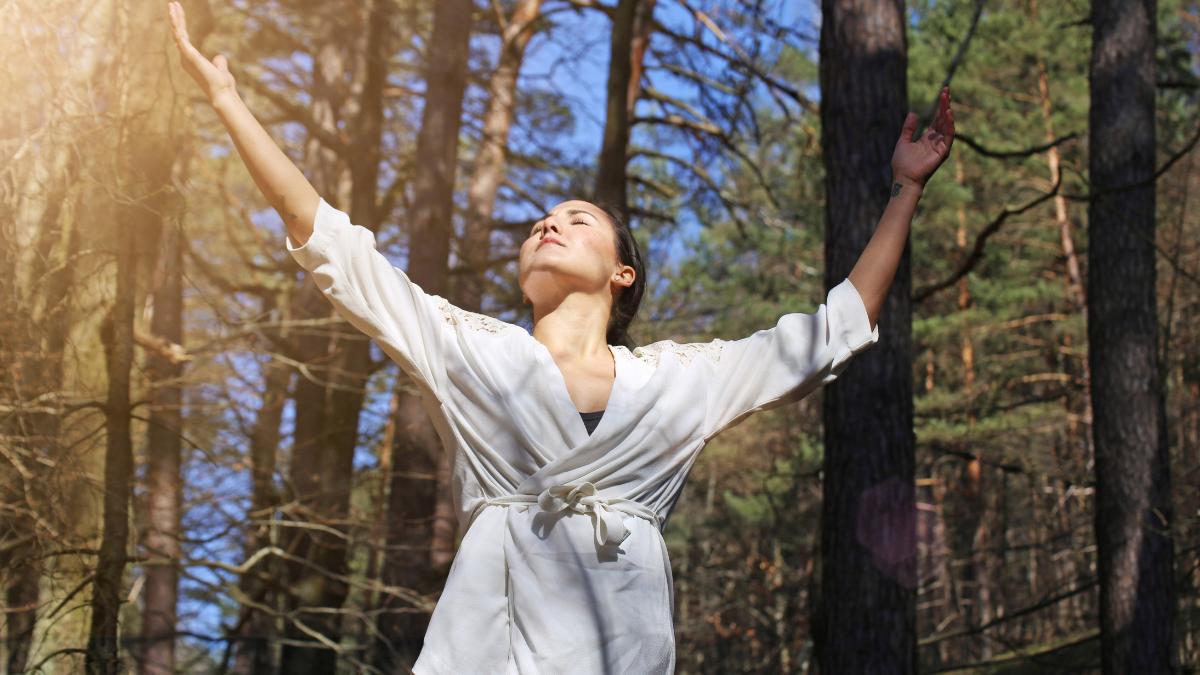
Shinrin-yoku is the practice of soaking in the natural atmosphere in forests or other nature-rich locations.
Shinrin-yoku translates to forest bathing.
The idea is to rejuvenate your mind, relax and take time from the hustle and bustle of daily life by getting close to nature.
Japanese people are encouraged to go take a walk in forests, national parks, gardens etc.
In a way, this is same as going on day hikes, garden walks or visiting one of the many national parks.
Nevertheless, Shinrin-yoku is encouraged by various Japanese government organizations for its citizens.
Considering how beautiful the forests and parks are in Japan, it does create a stress-free, meditative atmosphere.
Museums and places of cultural and historical importance
There is a lot of love and respect of its culture by the people of Japan.
The nation has a rich history and its traditions are extremely important to the Japanese identity.
Therefore, visiting museums and other places of cultural and historical importance is valued in Japanese society.
The Tokyo National Museum is the best starting point for any tourist who wants to learn more about Japanese history and culture.
The Ghibli Museum at Mitaka, Tokyo is also a great visit to immerse yourself in Japanese art and animation.
Apart from the museums, temples and shrines, you also have Hiroshima Peace Memorial and Nagasaki Peace Park that are must-visits.
I also highly recommend visiting the various castles around Japan. They are basically palaces for past royalty and are absolutely astonishing.
Tea Ceremonies
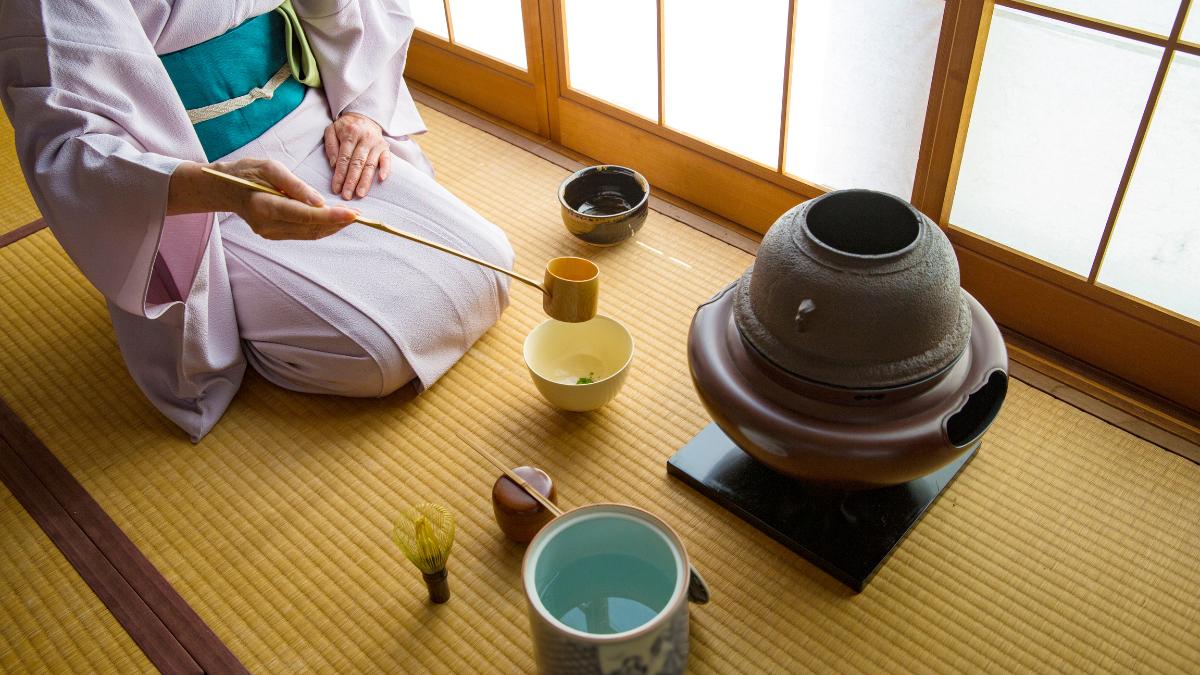
Tea ceremonies are a wonderful part of Japanese traditional recreational activity.
During a tea ceremony, Japanese matcha green tea is meticulously prepared and served. It is a ritual that has its roots deep in Japanese traditions.
Tourists should keep in mind that there are a number of do’s and don’ts when it comes to attending a tea ceremony.
Just remember, as long as you respect your host, you should be fine.
I personally love tea ceremonies as you get an understanding of how Japanese society is always in search of perfection.
Something that seems as simple as preparing and serving tea, is so well organized and executed is a wonder in itself.
Izakaya – Culinary Indulgences
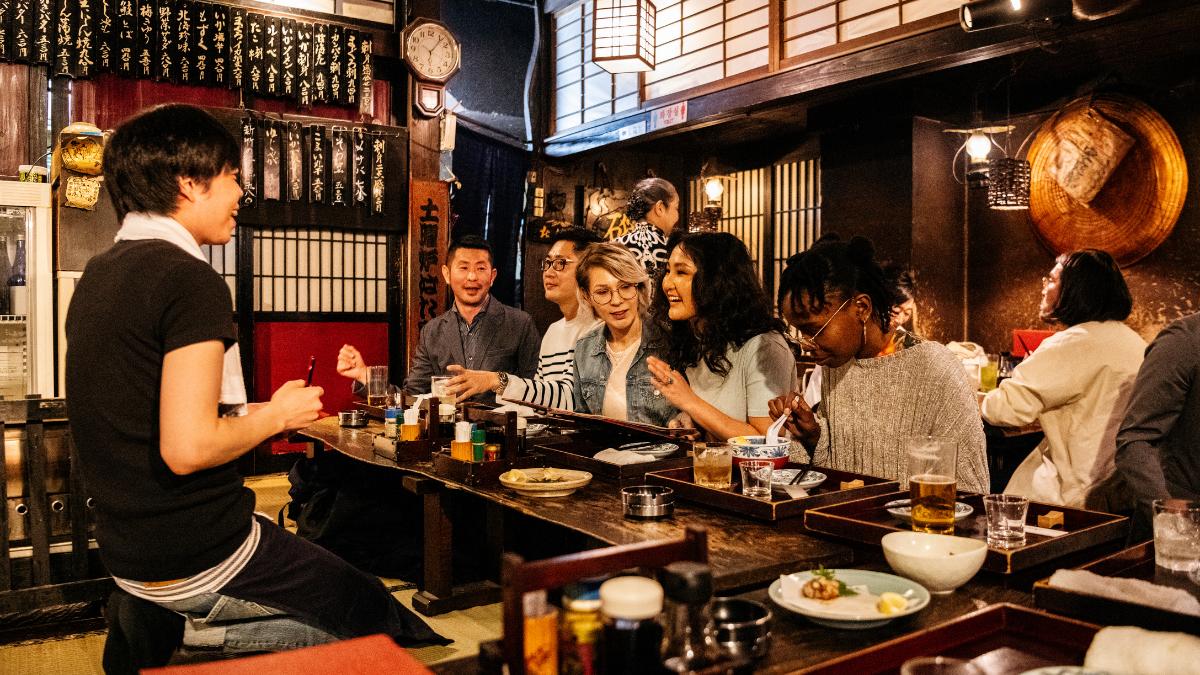
An Izakaya is a traditional Japanese bar that serves snacks and other local dishes.
Izakaya are all over Japan and you will find them in various locations across all cities of the country.
Most Japanese people love visiting an Izakaya and indulge in local alcohol accompanied with interesting food dishes.
As a tourist, eating and drinking at an Izakaya is definitely a delightful experience.
Of course, Japanese cuisine and culinary art is much more than visiting Izakaya.
You can in fact take sushi making classes or indulge in various other Japanese delicacies.
Food in Japan is a treat and consuming it in traditional Japanese restaurants or bars is what you must experience.
Most Popular Recreational Activities in Japan as per type
Top Outdoor Recreational Activities in Japan
- Hanami – Flower Viewing, Sakura Cherry Blossoms
- Day Trips, Trekking and Hiking
- Japanese Gardens and National Parks
- Theme Parks or Amusement Parks
- Shinrin-yoku – Forest Bathing
Top Indoor Recreational Activities in Japan
- Onsen – Natural Hot Springs
- Museums and places of cultural and historical importance
- Tea Ceremonies
- Izakaya – Culinary Indulgences
- Arcades and Karaoke
Top Traditional Recreational Activities in Japan
- Onsen – Natural Hot Springs
- Hanami – Flower Viewing, Sakura Cherry Blossoms
- Sumo Wrestling
- Buddhist Temples and Shinto Shrines
- Tea Ceremonies
Top Sports Recreational Activities in Japan
- Sumo Wrestling
- Baseball Games
- Skiing and Snowboarding
- Water Sports and Fishing
- Martial Arts
Final thoughts
There are several things to do for tourists in Japan. However, participating in a local recreational activity is the best way to learn and engage with this wonderful country.
You get to meet people, learn about Japanese culture, be part of traditions and of course, have a lot of fun.

